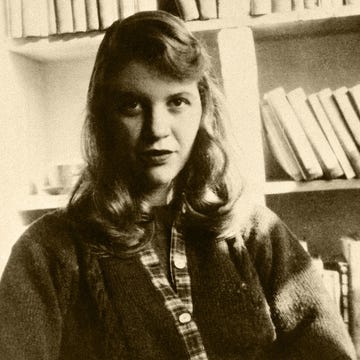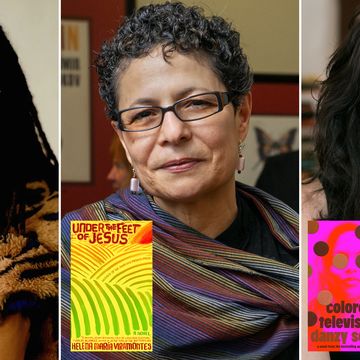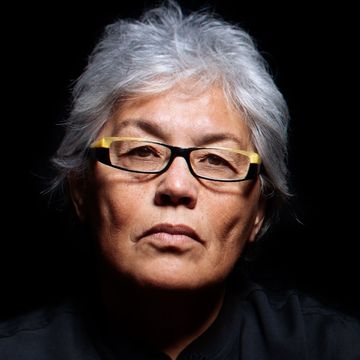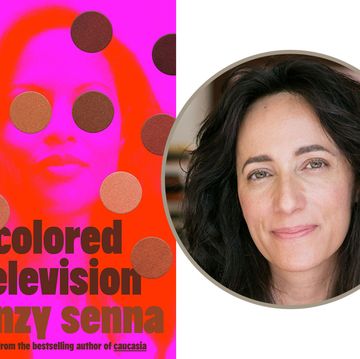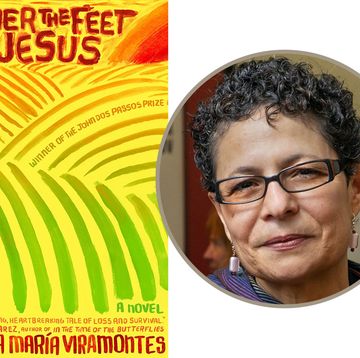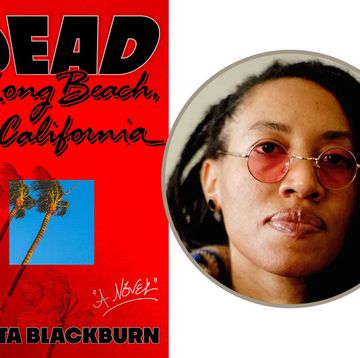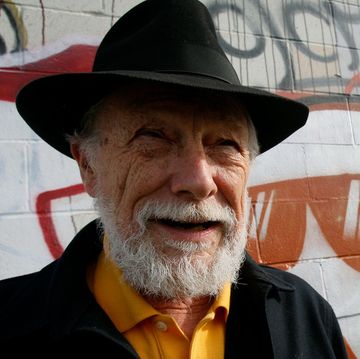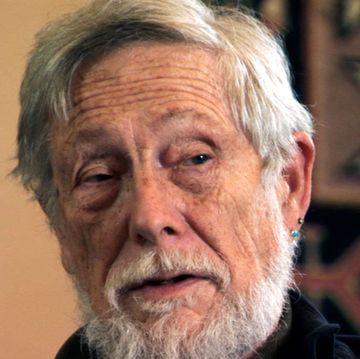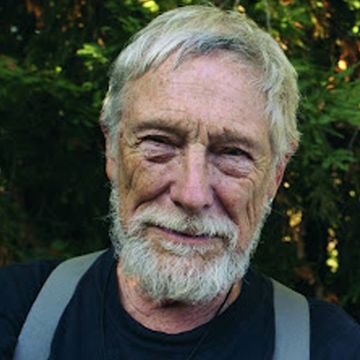Laila Lalami’s fourth novel, The Other Americans, begins with the death of a Muslim Moroccan immigrant named Driss Guerraoui, struck down in a hit-and-run. Or is he? That’s one of the questions Lalami explores in the book, which is set in a small Mojave Desert town not far from Joshua Tree National Park and operates in a variety of registers: crime fiction, family drama, saga of assimilation and its (dis)contents. Driss has done well in the United States, opening a doughnut shop and raising two daughters—Salma, a dentist, and her younger sister, Nora, a composer whose presence roots the narrative.
This article appears in Issue 26 of Alta Journal.
SUBSCRIBE
Still, even before his death, there are fissures. In the aftermath of 9/11, an arsonist targets the doughnut shop, and whatever tenuous sense of belonging Driss and his wife, Maryam, may have thought they’d found is cast into doubt. Lalami smartly sets the bulk of the novel in 2014, predating the Trump era. The effect is to remind us that Muslims have been, effectively, “other Americans” all along.
Lalami’s earlier novels also deal with identity and immigration; Hope and Other Dangerous Pursuits (2005) tracks the fate of two men and two women escaping Morocco in a lifeboat, while The Moor’s Account, a finalist for the 2015 Pulitzer Prize in Fiction, is written from the perspective of a 16th-century Moroccan slave. The Other Americans, then, may be her most immediate work. For one thing, it’s a crime story, in which Nora and a police detective named Erica Coleman try to determine whether Driss’s killing was accidental. For another, the characters are not in the process of coming to a new land; they have arrived.
And yet, for all its topicality, The Other Americans shares with these predecessors a number of key concerns: the issues of place and othering, the suspicion directed at those who are different, the edgy give-and-take of living in proximity to one another—which is relevant, of course. “Americans loved to confess on television,” Maryam observes in what may be my favorite line in the novel. Lalami heightens the tension by constructing The Other Americans as something of a chorus, with nine main characters—Nora, Maryam, Erica, even Driss—speaking in their own voices. It’s a kaleidoscopic approach to storytelling, allowing Lalami to approach everyone in the book, protagonist and antagonist alike, with an unexpected empathy. If everyone gets to speak, then everyone gets to be heard.
And what are they telling us? That everyone, to some extent, feels disenfranchised, which means the title applies to the entire cast. It’s a brilliant move, since if we are all outsiders, how is it possible to belong? The Other Americans doesn’t offer any answers. Indeed, four years after its publication, the questions it raises are only more unresolved. The point of a novel, however, is not to draw conclusions but to portray clearly and dimensionally the lives of its characters. This openness, this faith in literature as a conversation, animates The Other Americans. It allows the reader to decide.•


